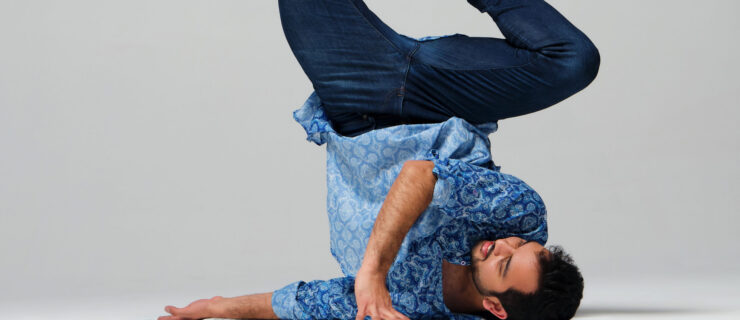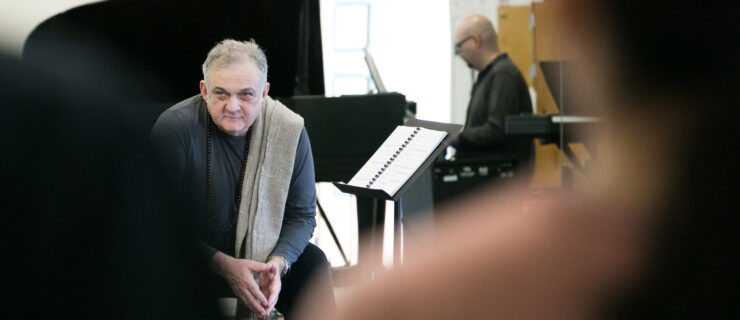3 Reasons to Scroll Past “What I Eat in a Day” Posts
Social media offers an open lens into the lives of whoever is willing to share. This is especially enticing for aspiring dancers who are hungry to gain access into a professional’s routine—how they’re both achieving and navigating a career. But a dancer’s newsfeed isn’t just home to inspiring choreography and pirouette hacks. It can also include performers narrating everything they do in a day, including their cross-training routine and the foods that go along with it.
While the intent behind “What I Eat in a Day” posts is often harmless, the reality is that they can lay the groundwork for a dancer’s struggle with food. Dancers are already more vulnerable to harmful food and body beliefs that risk disordered eating—adding another source for comparison can leave dancers feeling doubtful; wondering if their choices are “good” or “bad,” and, potentially, inducing guilt if their meals and snacks don’t align with what is deemed acceptable for a dancer. As a dietitian for dancers, I encourage artists to think about the influence that “What I Eat in a Day” posts might have on them—and to consider scrolling right past them.
They’re Not a Reflection of Your Individual Needs
Comparing what one dancer eats to another dancer’s meal plan makes it difficult to both identify and honor the body’s individual needs. The types and amounts of food that are needed to support a dancer’s body are highly variable and dependent on many factors that go beyond what a single reel can depict. Simply put, what works for one dancer might not work for another. Those attempting to follow someone else’s eating routine might risk behaviors that leave them underfueled and undernourished—a recipe for injury.
They’re Often Inaccurate
Social media is a highlight reel and the missing factor in most of these posts is a dancer’s relationship with food. It’s unlikely that a dancer’s “What I Eat in a Day” is showing the complete picture. Additional helpings of food, impromptu snack times, or experiences that dancers might feel don’t live up to the misguided expectations set forth by diet culture are all examples of what might be cut out. And there’s the fact that a single day’s worth of meals and snacks isn’t all that is supporting a dancer’s performance potential. Eating patterns over time—this includes fueling and hydration efforts, along with sleep patterns and training routines—matter. One snapshot will never reflect enough of what is needed to support a dancer’s capabilities.
They Can Trigger and Worsen Disordered Eating
Restrictive eating is unfortunately normalized in today’s wellness-driven culture, with “clean” eating being a common culprit. Since many dancers unintentionally partake in such eating habits, there’s the likelihood that any “What I Eat in a Day” vlog may represent a disordered way of eating. Whether it’s not eating enough calories or attempting to abide by strict food rules, dancers—who have unique nutritional needs because of their physically demanding art form—might be contributing to a narrative that supports disordered eating.
Are Food Posts Totally Off the Table?
They don’t have to be. There’s a difference between sharing inspirational food content (like recipes and snack ideas) and then sharing that same content with nutritional advice alongside it. To help reduce the risk of disordered eating among dancers, it’s recommended to source food advice from registered dietitian nutritionists who are particularly familiar with the unique needs of dancers.





